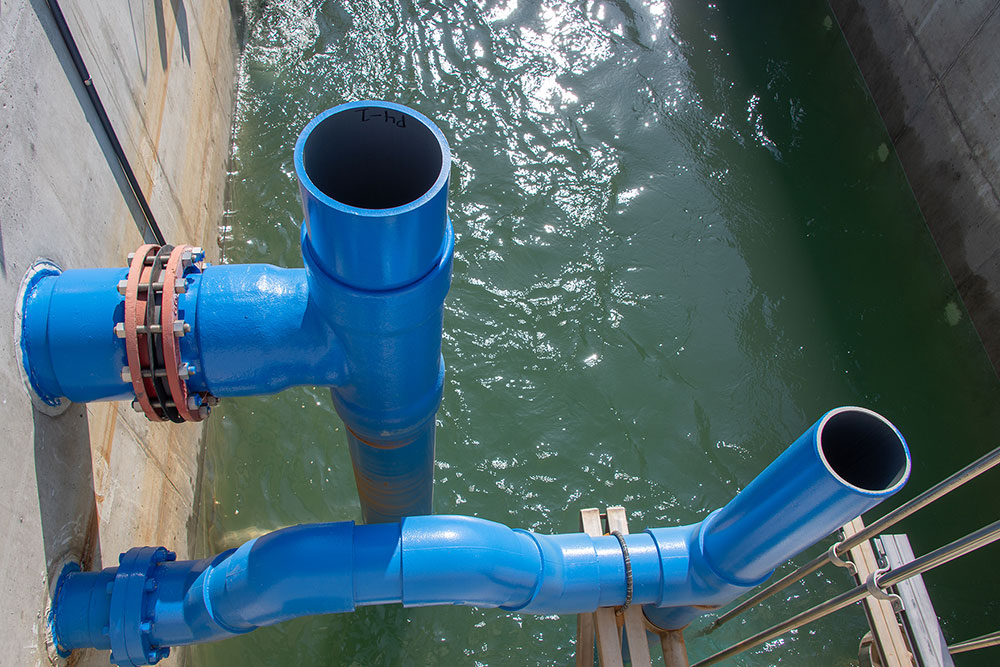Infrastructure
Since 1998, The American Society of Civil Engineers has given a persistent D average grade to America’s infrastructure. Highways, roads, bridges, schools, dams, and water systems don’t garner much attention until they become problematic or worse, a catastrophic failure. Efficient, safe and reliable infrastructure in Southern California impacts the safety and well-being of all residents. Communities thrive when businesses can be successful and grow, stimulating job expansion and making a positive impact on the economy. Continuing to ignore the aging infrastructure does not make the issues go away. The costs to replace are always higher than those to repair. For far too long, politics have gotten in the way of maintenance, improvements and enhancements. In Southern California, real solutions must be found, especially as we face the impacts of climate change. With so much at stake, the failure to act is not an option.
Airports
Airports are fundamental to our nation’s transportation infrastructure.
Southern California is a major travel hub. We must continue modernizing our airports to improve passenger experience, create jobs, and accommodate future growth. Southern California is home to several world-class commercial and military airports, including Los Angeles International Airport (LAX), John Wayne International Airport (SNA), Ontario International Airport (ONT), Long Beach Airport (LGB), Hollywood Burbank Airport (BUR), Chino Airport (CNO) and March Air Force Base (RIV). California’s airport infrastructure is vital to the state’s economy: Over 150 million people and billions of tons of cargo flow through our airports annually. To maintain the state’s economy and stay competitive, California must maintain and expand regional airport infrastructure, rebuilding and upgrading aging international and regional facilities.
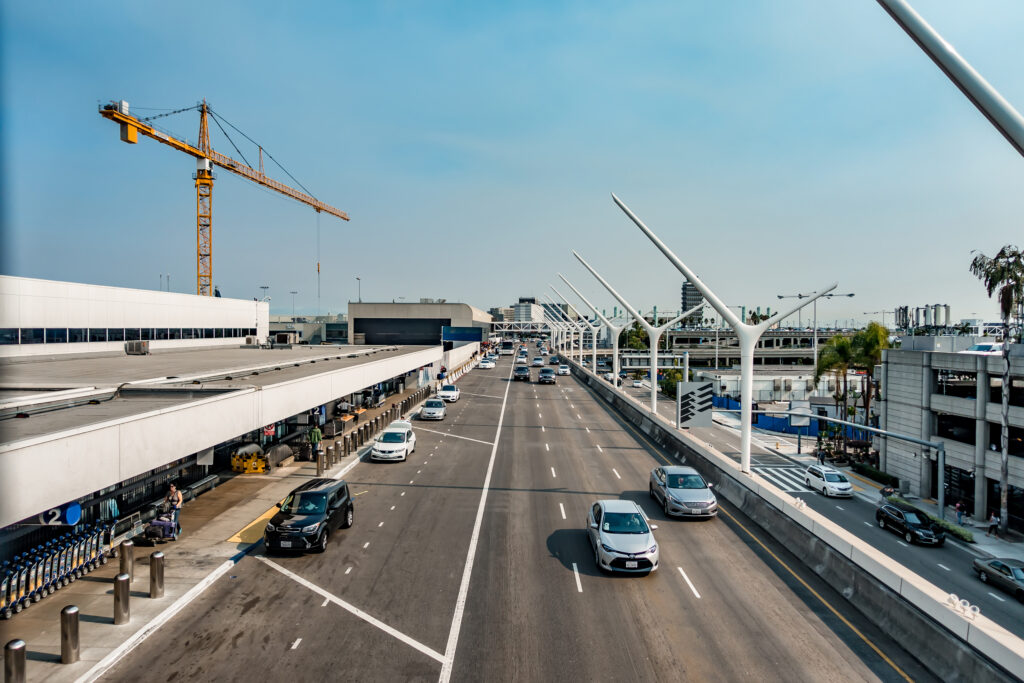
Bridge, Road & Highway Infrastructure
High-quality, well-maintained roads and highways are crucial for efficient,safe transportation, reduced travel time, enhanced connectivity, reduced wear and tear on vehicles, and ultimately, an improved overall regional mobility experience for people.
While Southern California has made substantial investments in many areas, our aging roads are still a significant concern. Road and pavement conditions significantly impact the economy, making it crucial to address the current decline in road conditions. The pavement condition index for Southern California, which measures the quality of local streets and roads, has deteriorated over the past dozen years.
The significance of local roads’ interconnectedness with highways, public transit, and commerce cannot be overstated. These road networks play a crucial role in facilitating efficient transportation and connectivity, and the seamless integration of roads and highways allows for smooth transitions and improved traffic flow, benefiting commuters and facilitating the movement of goods and services. We must commit to sustained investments in our roads to ensure people can safely and efficiently access jobs, homes, and services.
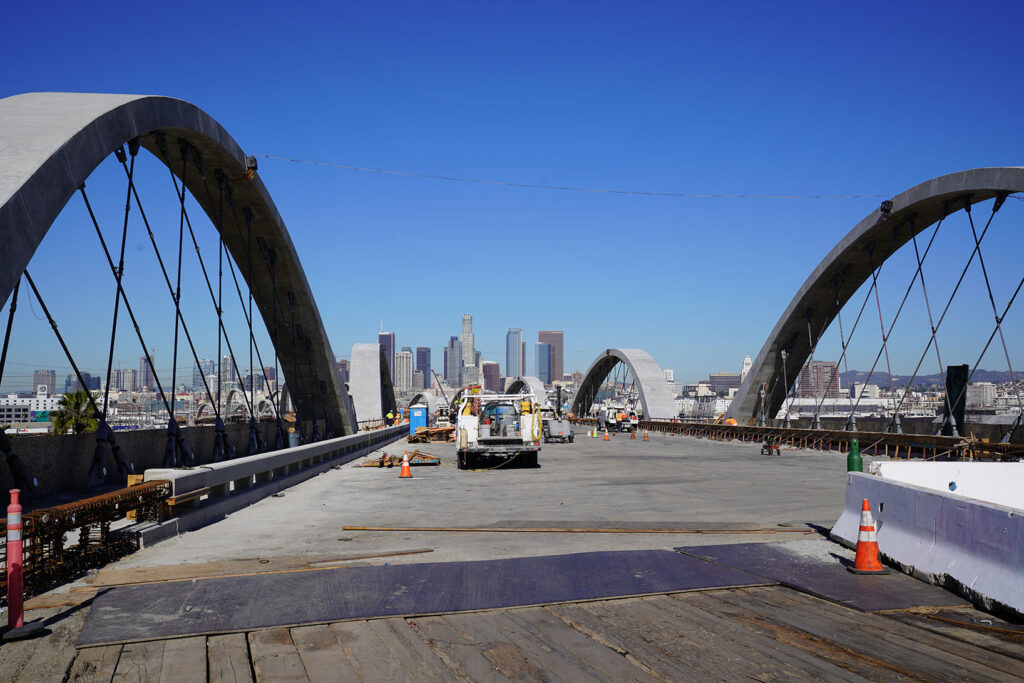
Ports Infrastructure
California’s seaports move trade goods from ship to shore, providing links to the national highway system and the transcontinental railroad network.
Southern California is home to 4 of the state’s eleven ports, including the Port of Hueneme, the Port of Long Beach, the Port of Los Angeles, and the Port of San Diego. The goods movement in Southern California is a crucial force in our regional economy and is integral to generating employment opportunities. Home to two of the largest ports in the country, the Ports of Los Angeles and Long Beach, Southern California is a major gateway for international trade. The ports facilitate imports and exports, contributing significantly to the local, national, and global economies. The ports also contribute to a thriving logistics industry, enhancing the goods movement throughout the region.
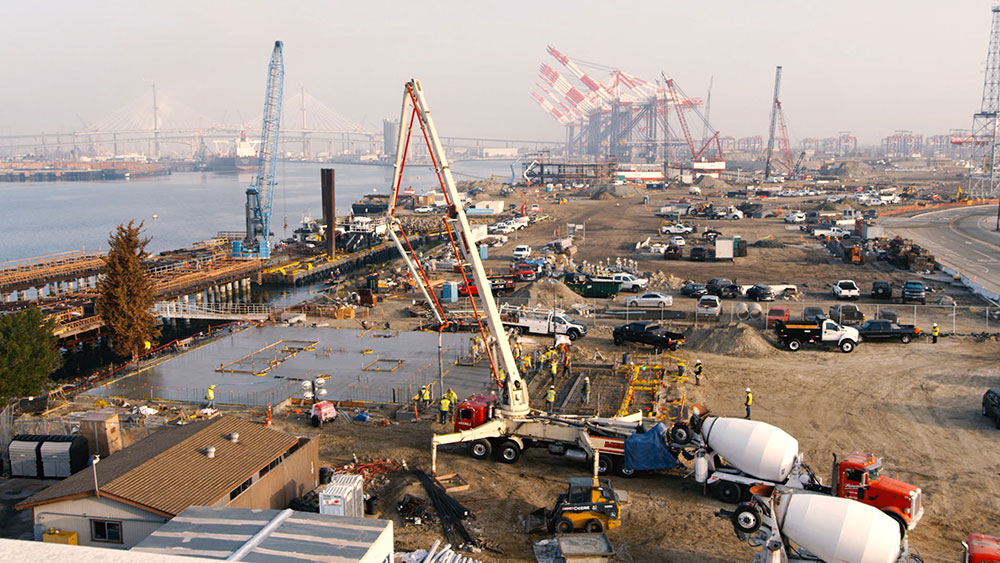
Rail + Transit Infrastructure
Southern California’s extensive rail network plays a critical role in the economy.
Rail links the ports to regional logistics centers, allowing shippers to move a high volume of goods across long distances. In fact, over half of the Los Angeles Ports’ international cargo moves by train. The accessibility of public transit systems is heavily influenced by the quality and connectivity of local streets and roads, which enable convenient and reliable transportation infrastructure throughout Southern California. Recent investments have contributed to incremental progress toward strengthened connectivity, including LAX’s people mover, the Metro Purple Line Extension, and the Metro Transit Connector, to name a few.
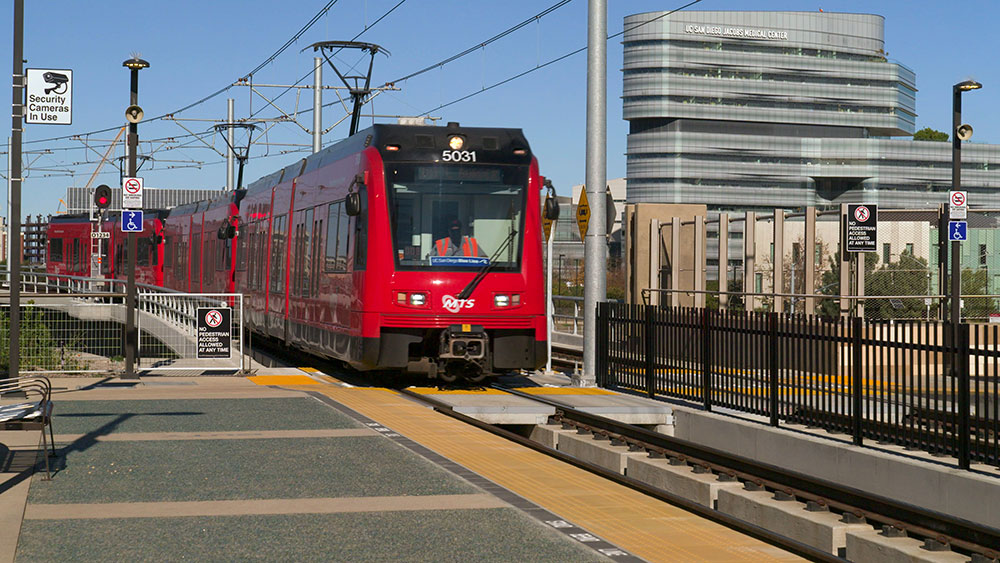
Water Infrastructure
Water infrastructure systems are vital for meeting residents’ and businesses’ essential needs, serving as a lifeline for daily life and commerce.
Drinking Water
Drinking water infrastructure in Southern California includes storage, conveyance, and treatment facilities, many of which are aging and in need of repair or replacement.
Stormwater
Much of Southern California’s infrastructure is over 50 years old, requiring repair or replacement. Unlike drinking water and wastewater systems, which are primarily funded through ratepayer fees, stormwater infrastructure upgrades are typically covered by city or county general funds. As such, systems are frequently underfunded, hindering necessary maintenance and upgrades. The implementation of higher water quality standards and adoption of innovative drainage system requirements, which meet new, ambitious statewide conservation standards, further widen current funding gaps.
Wastewater
The Southern California region is home to 132 wastewater treatment facilities. Recycled wastewater plays a crucial role in California’s efforts to mitigate water losses caused by hotter, drier conditions stemming from climate change.
